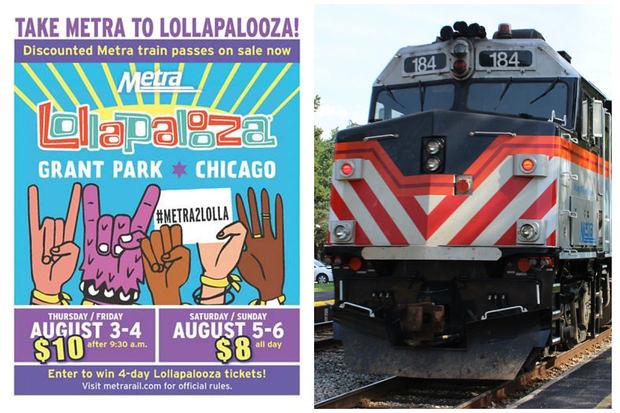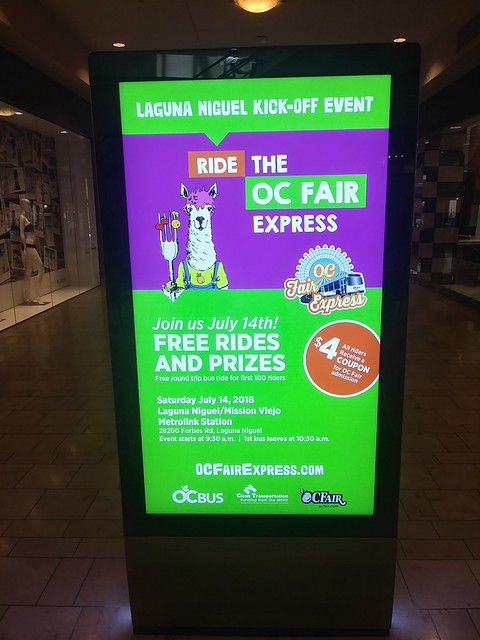Transportation demand management and DC's National Zoo
Transportation demand management is a process for optimizing "movement of people and goods" by fostering decision making that gets people to make choices that are good for them individually as well as for the transportation system.
The National Zoo in DC is a good example of how difficult it can be to do this, because different organizations often have conflicting goals ("That massive parking garage planned for the National Zoo? Forget about it," Washington Business Journal). From the article:
The Smithsonian Institution has canceled plans to build a 1,285-space central parking garage at the National Zoo. …1. From a transportation standpoint, DC wants to reduce the number of cars moving to and from the Zoo, to reduce traffic and congestion, especially by people likely to be less familiar with the streets.
The National Capital Planning Commission reviewed a concept plan for the project last year. The Smithsonian said at the time that the zoo’s 888 spaces across multiple surface lots are filled to capacity by midday 100 days out of the year. While the zoo is Metro accessible, more visitors drove there in 2016 than in any of the previous five years. But fewer than two-thirds of those drivers actually parked at the zoo, leading to congestion and less available parking in adjacent D.C. neighborhoods.
2. The National Zoo makes a lot of money from charging $25 to park cars and they'd rather make this revenue than encourage people getting to the Zoo in other ways.
3. WMATA, the operator of Metrorail, is focused on revenue generation, rather than transportation as a utility.
Whereas it's "cheaper" to drive with multiple people because the marginal cost for each additional rider is zero, that isn't the case with transit, where the cost to travel multiplies with the number of people, even though from a TDM perspective this is counterproductive and disincentivizes use.
Last year's Metra Lollapalooza pass.
 The Chicago Tribune has an article, "Metra to sell ride passes for Lollapalooza," about how METRA, the passenger rail service in Greater Chicago, is offering a special transit pass for attendees of the Lollapalooza concert.
The Chicago Tribune has an article, "Metra to sell ride passes for Lollapalooza," about how METRA, the passenger rail service in Greater Chicago, is offering a special transit pass for attendees of the Lollapalooza concert.They are offering a two-day pass for the days during the week for $15, entitling passholders to unlimited rides after morning rush (after 9:30 am). Already the agency offers a $10 weekend pass, good for unlimited rides on Saturday and Sunday.
 In Orange County, California, the local transit agency provides Express bus service to the County Fair--$4 round trip--but people who ride the bus can get a special admission price of $4, a savings of $10 off the normal adult ticket price.
In Orange County, California, the local transit agency provides Express bus service to the County Fair--$4 round trip--but people who ride the bus can get a special admission price of $4, a savings of $10 off the normal adult ticket price.Some transit agencies offer special weekend group or family pricing, entitling two adults and multiple children to ride for one reasonably priced fare.
The Montreal system has a group fare for one adult and 10 children--obviously for class trips and such--of $17. While the Melbourne transit system offers free travel for school groups from 17 to 35 people. The Victoria passenger rail system offers a Family Traveler ticket that entitles two children to come with each adult. Depending on the time of day this may be either free or comes at an additional cost of $4.
In Hamburg, holders of an annual pass can bring one adult and up to three children along for no additional charge for weekend travel.
In Salt Lake City, transit access is included in tickets to sports events at the University of Utah, while Metrolink in Southern California, Caltrain in the SF Bay region, and Metro-North/Long Island Railroad in Greater New York organize special promotions and travel access for sports events.
In DC, it would be worth exploring transportation demand management opportunities with student, group, family, and tourist travel.
Labels: parking and curbspace management, transportation demand management, transportation planning



0 Comments:
Post a Comment
<< Home